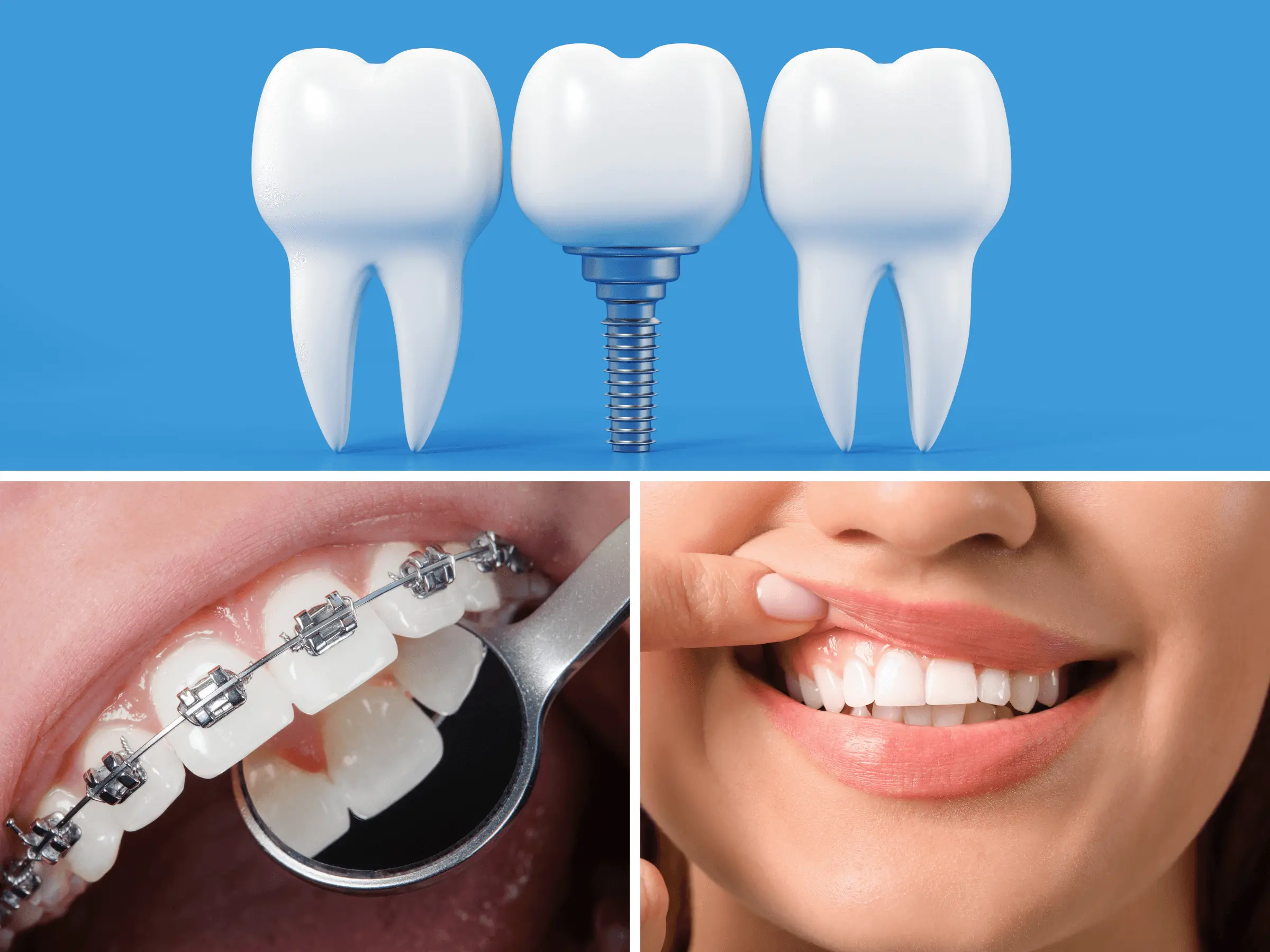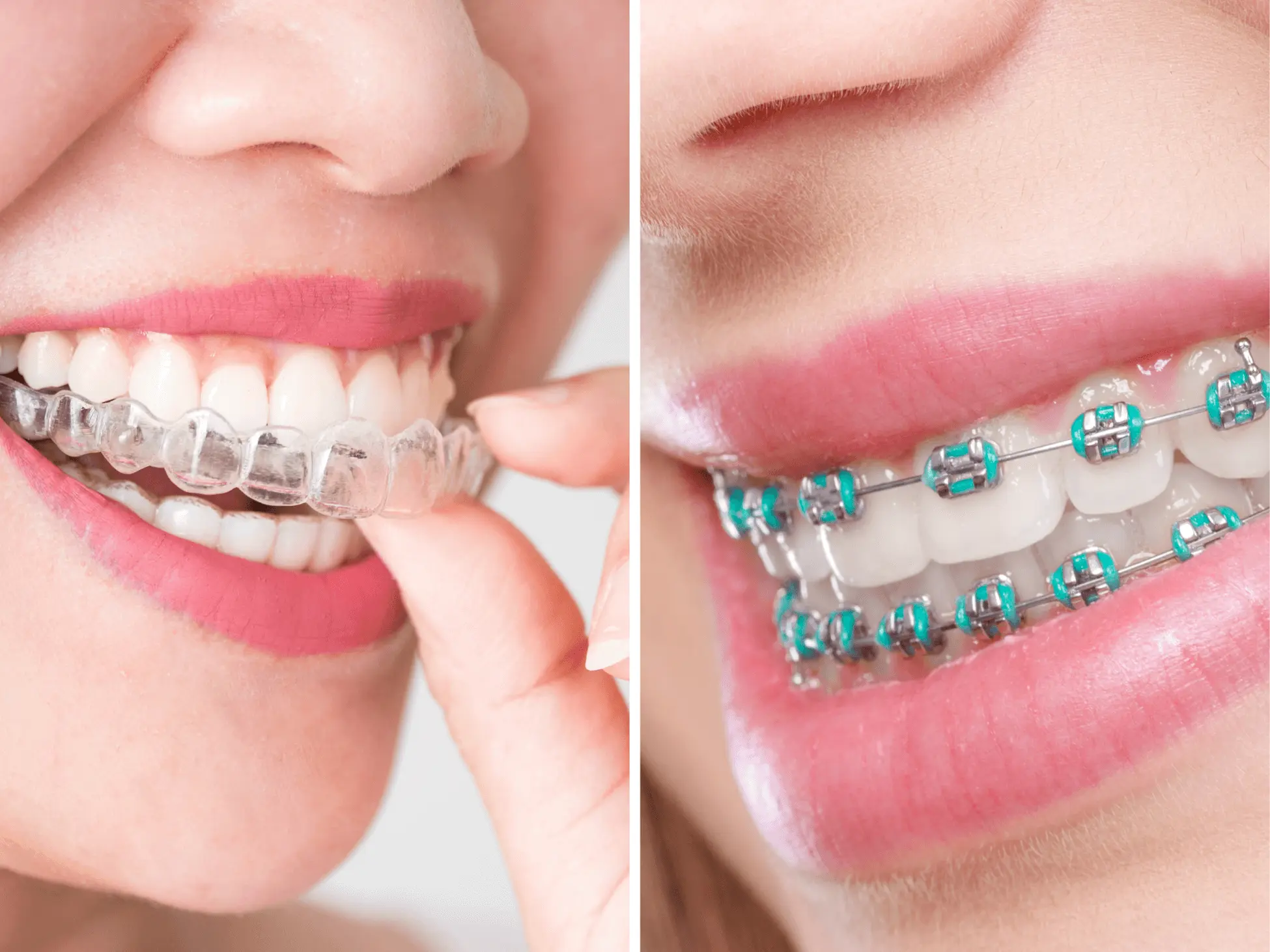Dental floss is an essential tool for maintaining good oral health. While brushing is a vital part of dental hygiene, flossing helps remove plaque and food particles that a toothbrush cannot reach. Flossing daily can help prevent gum disease, tooth decay, and bad breath.
The answer to the question “Which dental floss is best” depends on personal preferences and individual circumstances. Among the different types of floss available, including nylon, PTFE, waxed, unwaxed, dental tape, and floss picks, the best choice for one person may not be the same for another.

In this article, we will explore the different types of dental floss available and their advantages and disadvantages.
Nylon Dental Floss
Nylon dental floss is the most common type of floss available. It is made from multiple nylon strands twisted together, making it durable and long-lasting. The texture of nylon floss can be either smooth or textured, depending on the brand.
Advantages of Nylon Dental Floss:
- Strong and durable.
- Easy to find and affordable.
- Comes in different flavors.
Disadvantages of Nylon Dental Floss:
- Can be rough on sensitive gums.
- Can shred or break.
- Not suitable for people with tight spaces between their teeth.
When compared to other types of floss, nylon floss is more affordable and widely available. However, it may not be suitable for everyone, especially those with sensitive gums or tight spaces between their teeth.
PTFE Dental Floss
PTFE dental floss is made from a single filament of synthetic material, which allows it to slide smoothly between teeth without shredding or breaking. PTFE floss is also known as “glide” floss because of its smooth texture.
Advantages of PTFE Dental Floss:
- Smooth texture for easy use.
- Does not shred or break.
- Suitable for people with tight spaces between their teeth.
- Available in different flavors.
Disadvantages of PTFE Dental Floss:
- More expensive than nylon floss.
- Can be slippery, making it difficult to grip.
When compared to nylon floss, PTFE floss is smoother and more suitable for people with tight spaces between their teeth. However, it is more expensive and can be difficult to grip.
Waxed Dental Floss
Waxed dental floss is coated with a thin layer of wax, making it easier to slide between teeth. The wax also makes the floss stronger and less likely to break.
Advantages of Waxed Dental Floss:
- Easier to use than nylon floss.
- Less likely to break.
- Available in different flavors.
Disadvantages of Waxed Dental Floss:
- Wax may contain chemicals that some people may be allergic to.
- Can be more expensive than nylon floss.
When compared to nylon floss, waxed floss is easier to use and less likely to break. However, some people may be allergic to the wax used, and it can be more expensive.
Unwaxed Dental Floss
Unwaxed dental floss is made from nylon fibers that are not coated with wax. It has a rough texture, which makes it more effective at removing plaque but can be harsh on sensitive gums.
Advantages of Unwaxed Dental Floss:
- Effective at removing plaque.
- Affordable.
Disadvantages of Unwaxed Dental Floss:
- Rough texture can be harsh on sensitive gums.
- Can shred or break.
When compared to other types of floss, unwaxed floss is affordable and effective at removing plaque. However, it may not be suitable for people with sensitive gums or tight spaces between their teeth.
Dental Tape
Dental tape is wider and flatter than traditional floss, making it suitable for people with wider gaps between their teeth. It is made from either nylon or PTFE.
Advantages of Dental Tape:
- Suitable for people with wider gaps between their teeth.
- Smooth texture for easy use.
Disadvantages of Dental Tape:
- Can be more expensive than traditional floss.
- Not suitable for people with tight spaces between their teeth.
When compared to traditional floss, dental tape is more suitable for people with wider gaps between their teeth. It has a smooth texture, making it easier to use. However, it can be more expensive than traditional floss and may not be suitable for people with tight spaces between their teeth.
Floss Picks
Floss picks are small plastic tools that have a piece of floss stretched between two prongs. They are designed to make flossing easier and more convenient.
Advantages of Floss Picks:
- Easy to use.
- Convenient for on-the-go flossing.
- Suitable for people with limited mobility or dexterity.
Disadvantages of Floss Picks:
- More expensive than traditional floss.
- Less effective at removing plaque than traditional floss.
When compared to traditional floss, floss picks are more convenient and easier to use. They are suitable for people with limited mobility or dexterity, making them an ideal option for children and seniors. However, they are more expensive than traditional floss and may be less effective at removing plaque.
Conclusion
Flossing is an essential part of maintaining good oral health. Choosing the right type of dental floss can make a significant difference in the effectiveness of your daily flossing routine. Nylon floss is the most common type of floss, and it is affordable and widely available. PTFE floss is smoother and more suitable for people with tight spaces between their teeth, but it is more expensive. Waxed floss is easier to use and less likely to break, while unwaxed floss is affordable and effective at removing plaque. Dental tape is suitable for people with wider gaps between their teeth, and floss picks are convenient but may be less effective at removing plaque. Ultimately, the best type of floss depends on your individual needs and preferences. Regardless of the type of floss you choose, it is essential to floss daily to maintain good oral health.


